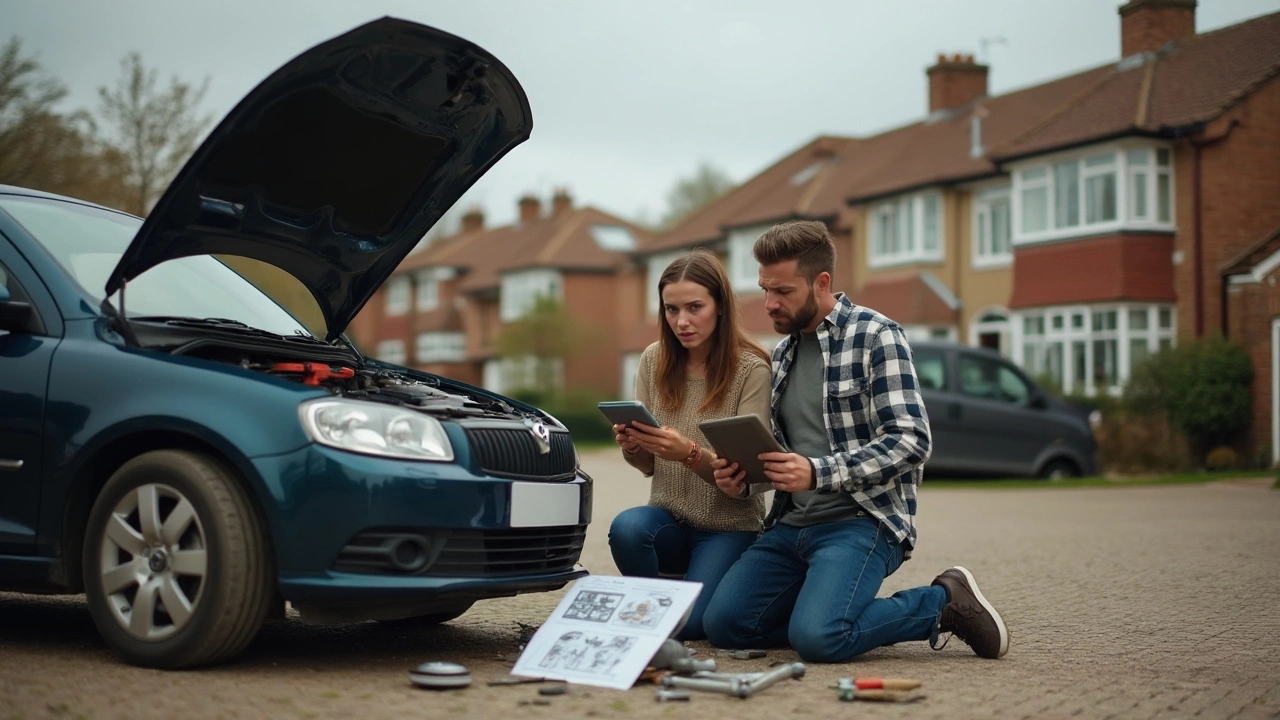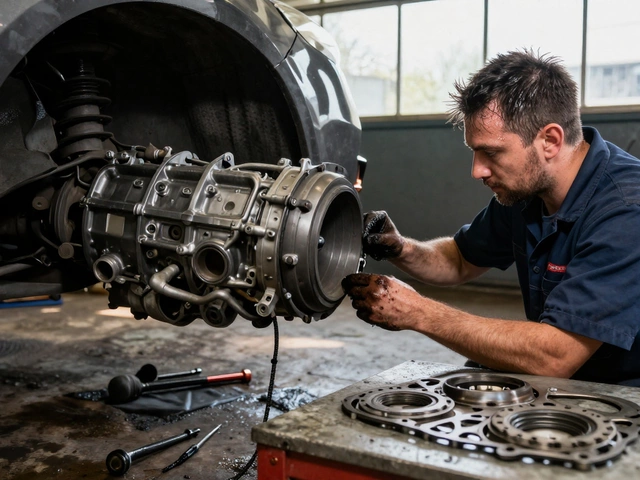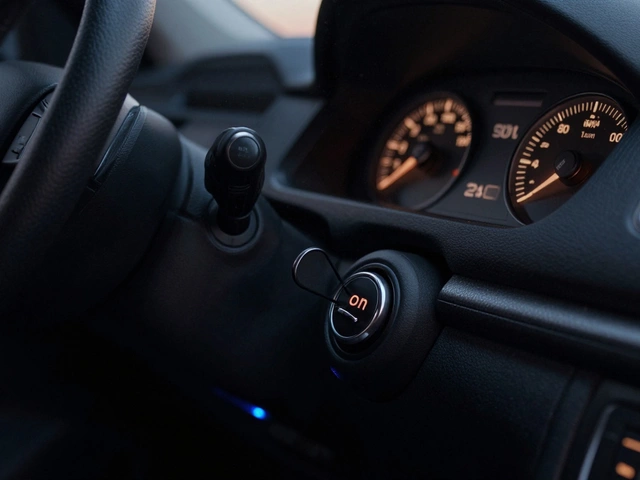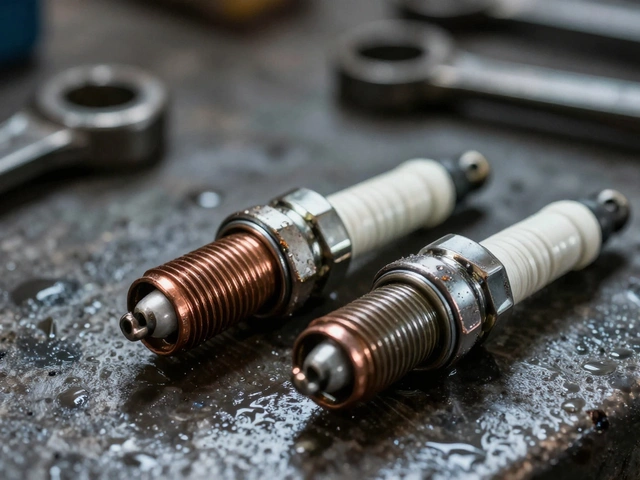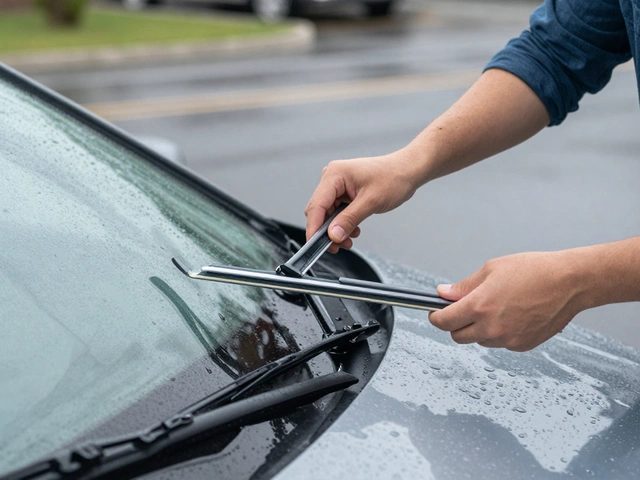Ride Quality: How Suspension, Tires, and Brakes Shape Your Drive
When your car feels bouncy, noisy, or like it’s floating over bumps, you’re not just dealing with an unpleasant drive—you’re experiencing a drop in ride quality, how smoothly and comfortably your vehicle handles road surfaces. Also known as handling comfort, it’s the silent balance between your tires, suspension, and brakes working together. Good ride quality doesn’t mean a soft, floaty ride. It means control, stability, and confidence, even on rough roads. If your car feels like it’s skipping over potholes or swaying when you turn, something’s out of alignment—probably in the suspension or tires.
Shock absorbers, components that control spring movement and keep tires in contact with the road are the unsung heroes of ride quality. Worn shocks don’t just make your ride bumpy—they reduce braking distance, increase tire wear, and make steering less precise. You might not notice it day to day, but over time, your car starts to feel loose, like it’s not quite connected to the road. And if you’ve ever heard a clunk when going over a speed bump? That’s often a sign your shocks are done.
Tire condition, the state of tread depth, inflation, and sidewall integrity directly impacts how your car responds to the road. Underinflated tires make your ride floaty and waste fuel. Overinflated ones make it harsh and reduce grip. Bald or unevenly worn tires? They turn every bump into a jolt and make wet roads dangerous. Ride quality isn’t just about the suspension—it’s also about how well your tires are holding the road.
Brake rotors, the discs that brake pads clamp down on to stop your car also play a role. Warped or worn rotors cause vibrations you feel through the steering wheel, especially when braking. That shudder isn’t just annoying—it’s a sign your braking system is struggling, which affects how your car settles after slowing down. A smooth stop should feel controlled, not shaky.
These parts don’t work in isolation. A bad shock makes your tires wear unevenly. Uneven tires put extra stress on your suspension. Worn rotors force you to brake harder, which heats up the suspension components faster. It’s a chain reaction. That’s why a full check-up matters. You might think you just need new tires, but the real issue could be worn shocks or warped rotors hiding behind it.
There’s no magic number for when ride quality fails—it’s not like an oil change. It’s subtle. You start noticing your back aches more after short drives. Your car takes longer to settle after hitting a bump. The steering feels vague. These aren’t just inconveniences. They’re signals your car’s safety and control are slipping.
Below, you’ll find real, no-fluff guides on exactly what to look for when your ride feels off. From spotting failing shock absorbers to knowing when rotors need replacing, these posts give you the facts you need to fix it—before it costs you more.
